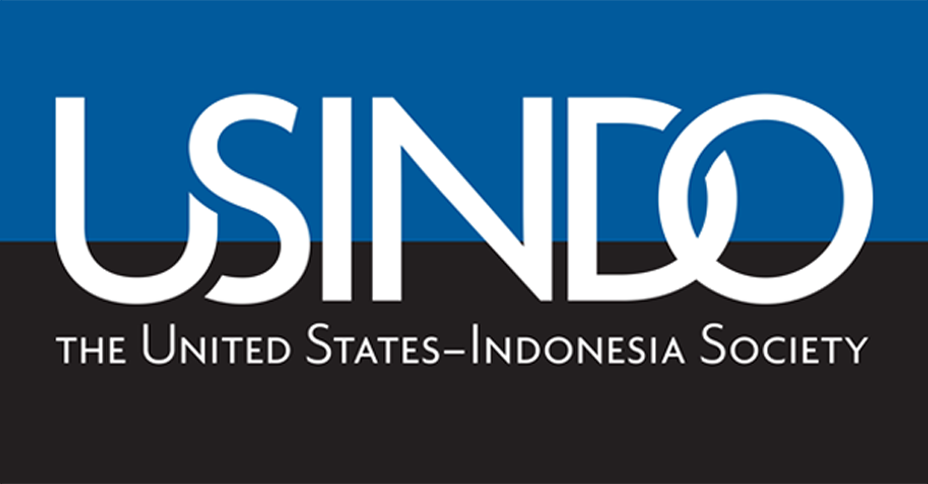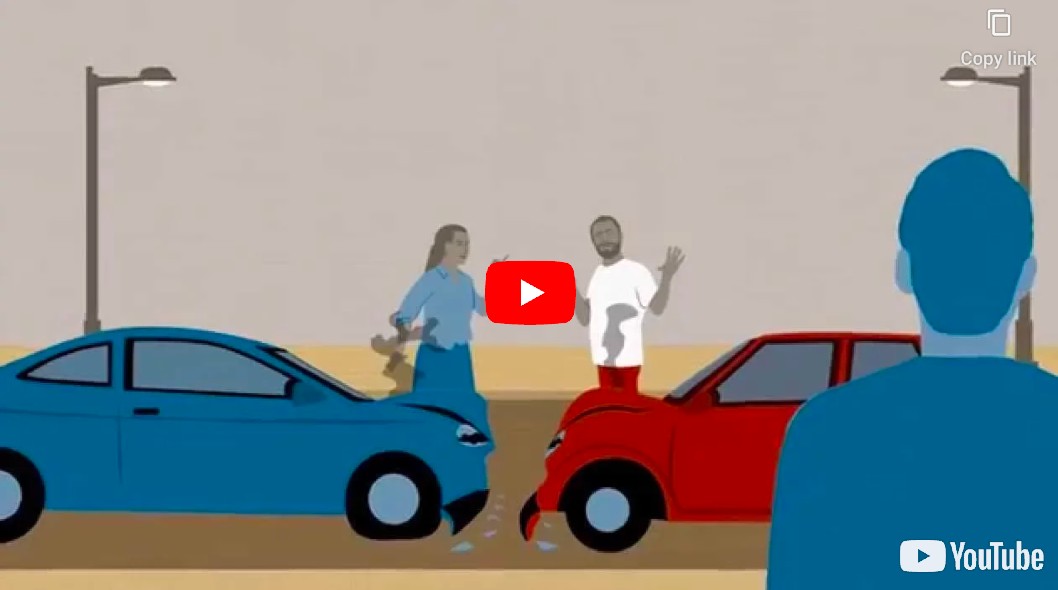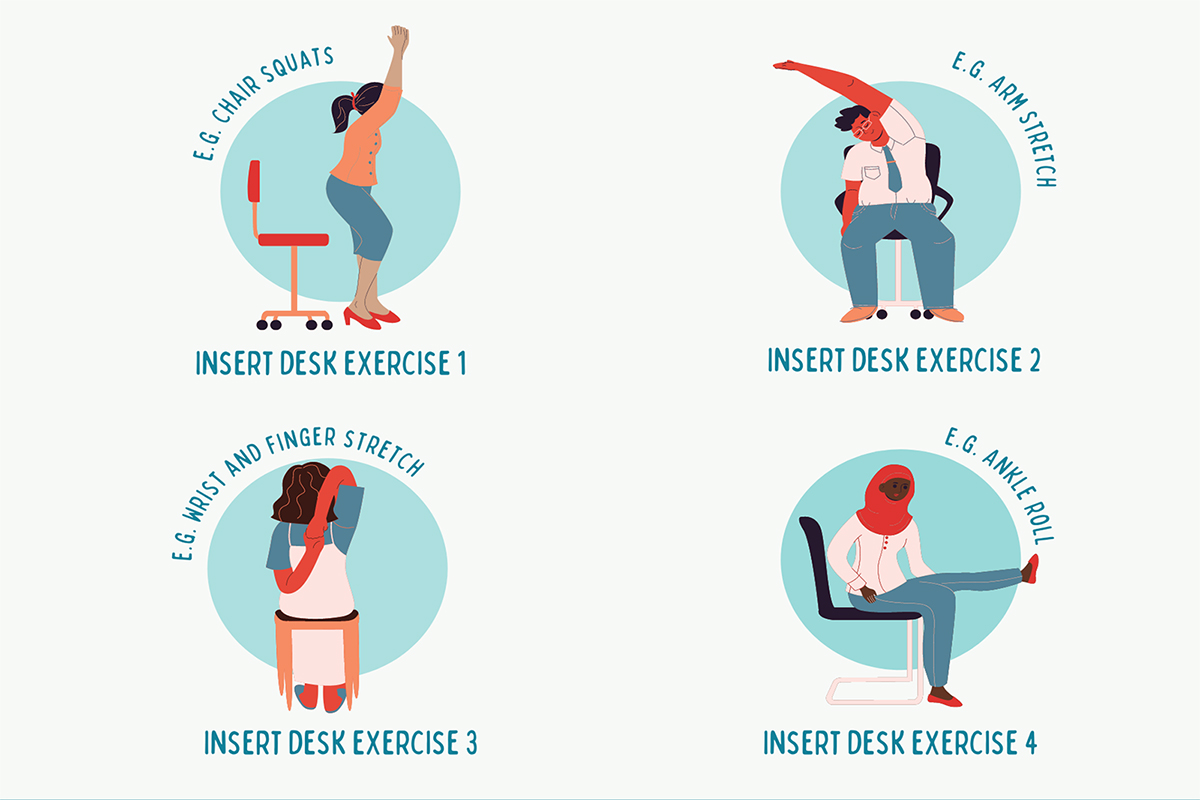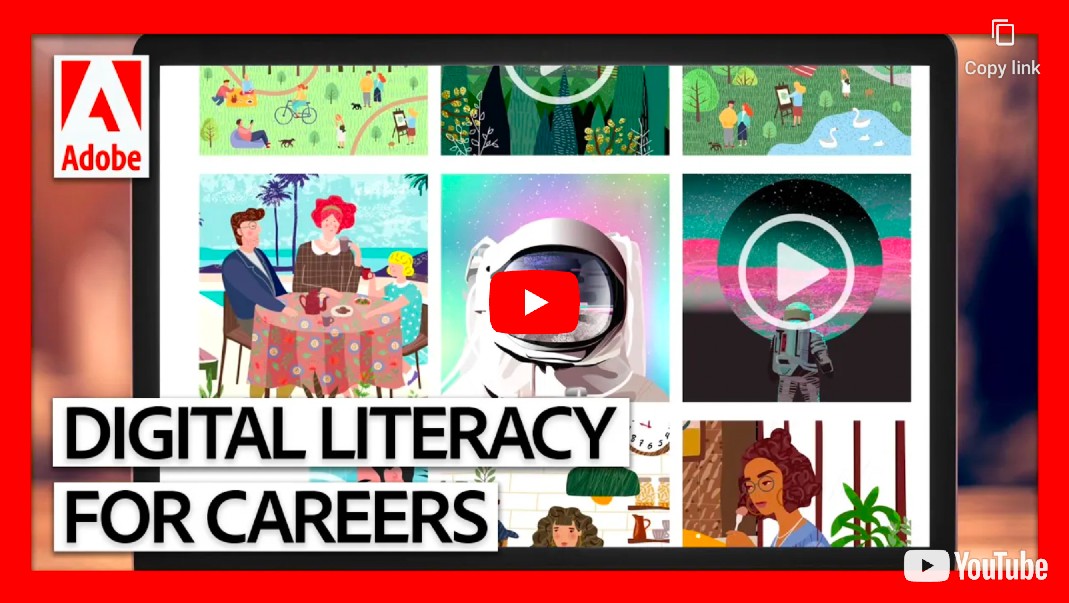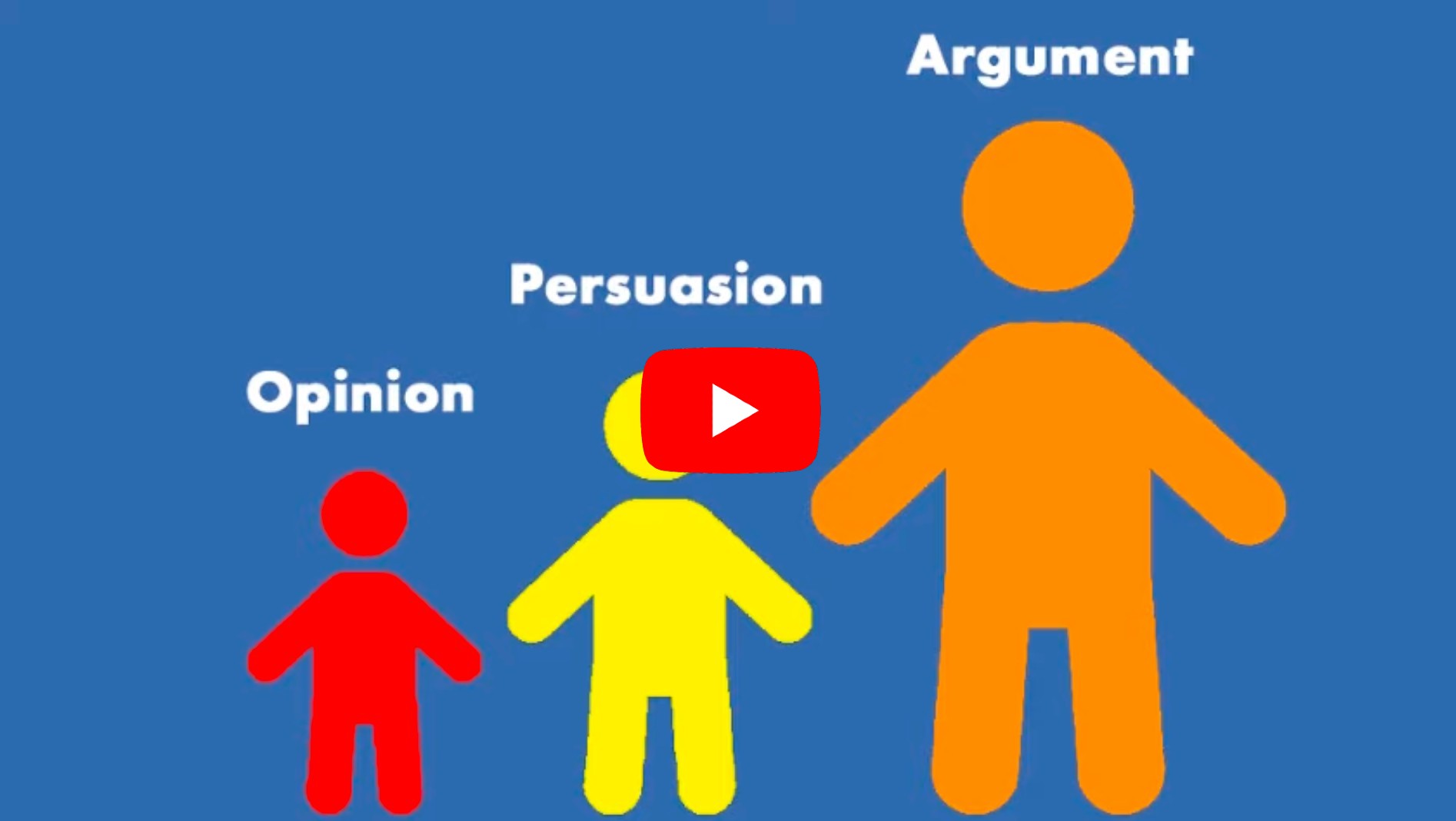GRASP Mini Intensive Course - Undergraduate Level
USINDO's Graduate School Application Preparation (GRASP) aims to provide Indonesian students the guidance and preparation programs they need to apply for and complete their academic experience at U.S. institutions and is supported by USAID and Arizona State University under the USAID Higher Education Partnership Initiative (HEPI).
Session 1
OBJECTIVE: to familiarize you with the USINDO team and the format of the course
Welcome to the USINDO GRASP COURSE -- Graduate School Application Preparation Mini Intensive Course for current undergraduate students. Let’s learn together to achieve our dreams of successfully completing our current degrees and applying for graduate studies to US universities.
WATCH: In this short video, you will hear the welcome message from Mrs. Beata Mirecka-Jakubowska, USINDO's Teaching Team Consultant, and an explanation how we will work in the course, with two sessions self-administered (approximate engagement of 90 minutes will equal the live sessions) and four live sessions on Zoom.
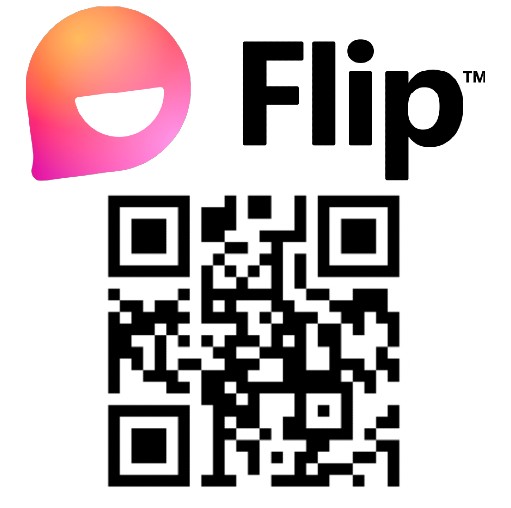
OBJECTIVE: to build camaraderie with course participants
ENGAGE: Record a 30-second introduction video about yourself, upload to FLIP and respond to THREE other introduction videos with a 15 second greeting.
FLIP CODE: https://flip.com/ugrasp2flip.
PASSWORD: U-GRASP-2
TIP: If you're not familiar with FLIP - click HERE to read more about it.
NOTICE: Contribution #1 for Participation & Engagement evaluation
OBJECTIVE: to raise awareness of the importance of staying motivated and using strategic thinking skills.
WATCH: In this short video Mrs. Beata will present several strategies for staying motivated throughout your university studies and explain the extent to which 21st century skills -- for example, understanding the cause-effect relationships, information processing, predicting consequences -- are crucial for success in today's world.
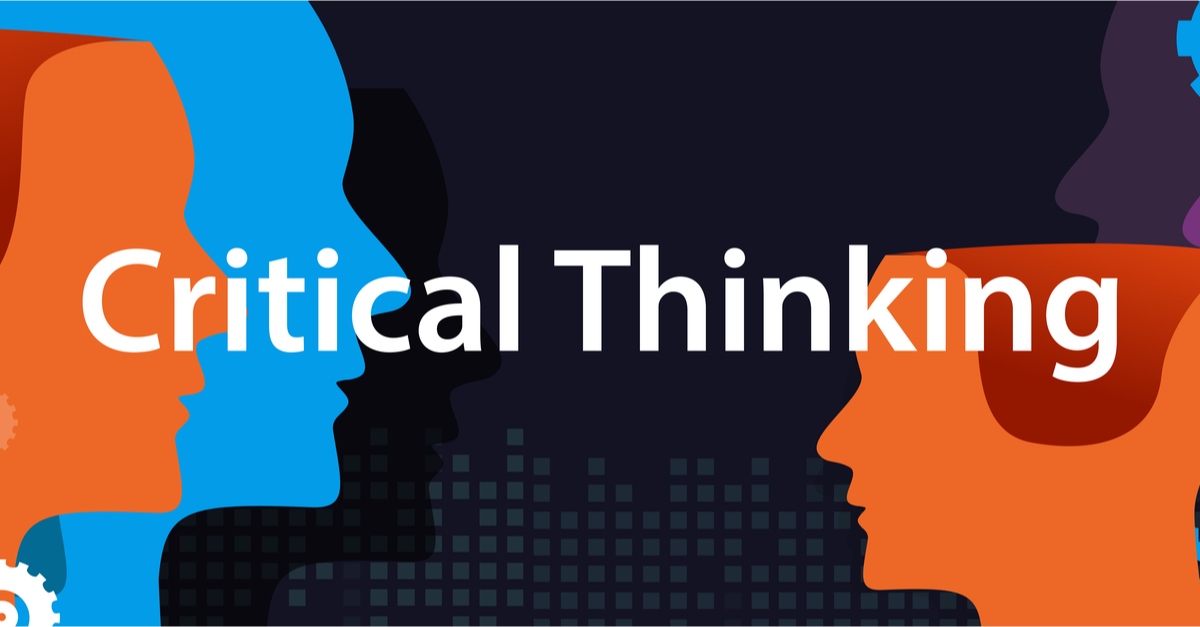
OBJECTIVE: to solicit individual ideas and provide basis for live Session 2 break out room discussion.
WRITE: Definition of critical thinking — what’s your take on it?
Submit your answer (min. 60 words) into this Google FORM – make sure to use your own words so your explanation is completely your own!
TIP: All answers will be discussed during the live Session 2 in the break out rooms, so ensure you have a copy of your answer.
NOTICE: Contribution #2 for Participation & Engagement evaluation
OBJECTIVE: to provide more perspectives on Critical Thinking.
WATCH & ENGAGE: What is critical thinking? Answer a few questions while you watch this 3-minute video.
TIP: The video is an Edpuzzle, so you need to sign in to THIS CLASS in order for the answers to be recorded and collected. If you're not familiar with EdPuzzle - click HERE to read more about it.
NOTICE: Contribution #3 for Participation & Engagement evaluation
OBJECTIVE: to solicit individual ideas (explicit and implicit) and provide basis for live Session 2 break out room discussion.
NOTICE: Contribution #4 for Participation & Engagement evaluation

OBJECTIVE: to solicit individual ideas and provide basis for live Session 2 break out room discussion.
WRITE: Definition of digital literacy — what’s your take on it?
Submit your answer (min. 60 words) into this Google FORM – make sure to use your own words so your explanation is completely your own!
TIP: All answers will be discussed during the live Session 2 in the break out rooms, so ensure you have a copy of your answer.
NOTICE: Contribution #5 for Participation & Engagement evaluation
OBJECTIVE: to raise awareness for the need to continuously enhance one's own digital literacy.
WATCH & ENGAGE: Why Digital Literacy is important for careers? Answer 8 questions while you watch this 7-minute video.
TIP: The video is an Edpuzzle, so you need to sign in to THIS CLASS in order for the answers to be recorded and collected. If you're not familiar with EdPuzzle - click HERE to read more about it.
NOTICE: Contribution #6 for Participation & Engagement evaluation
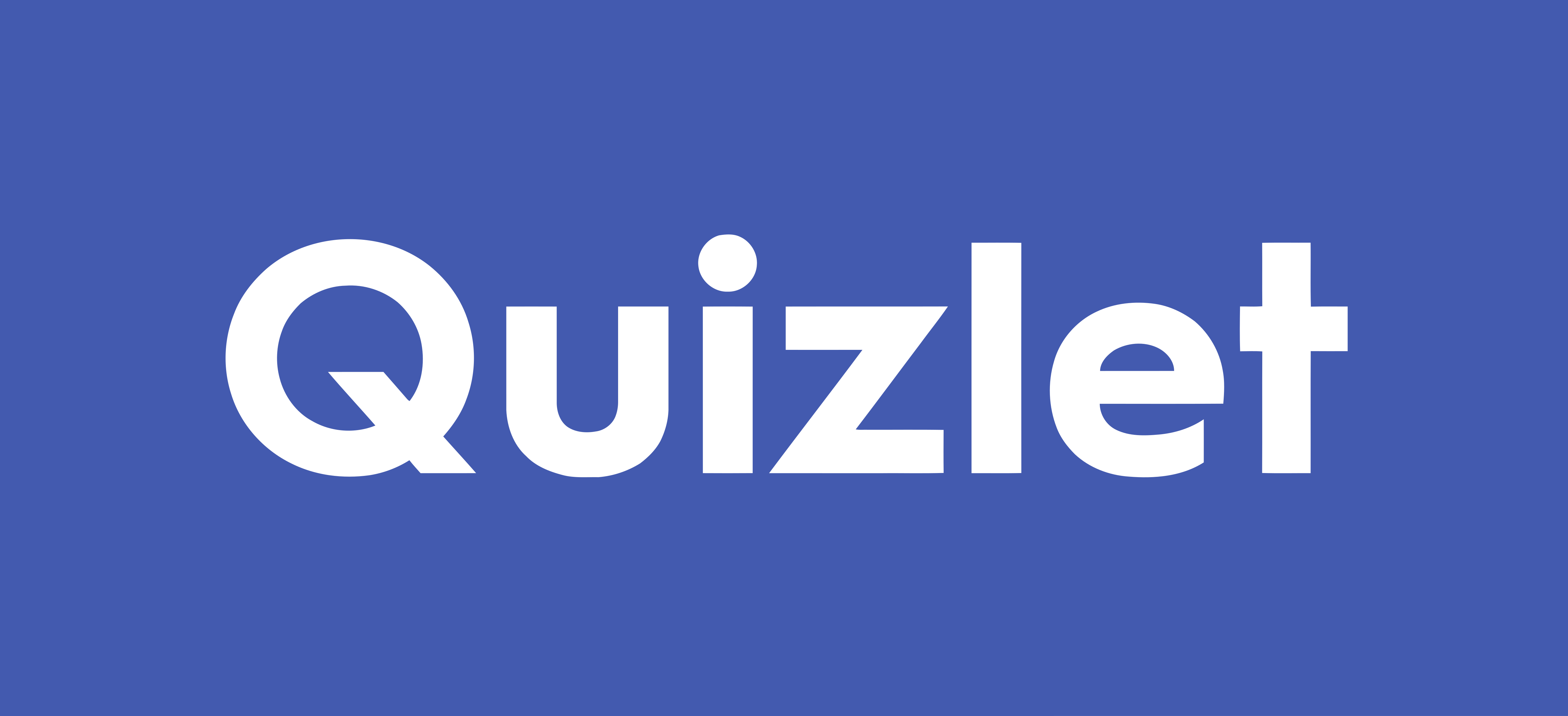
OBJECTIVE: to internalize CT & DL terminology.
DOWNLOAD & READ: Critical Thinking and Digital Literacy vocabulary
Download this PDF and study the vocabulary related to CTDL
ENGAGE: OpenQuiz on CT & DL terminology on QUIZLET - academic vocabulary FLIP CARDS.
OPTIONAL: If you wish, you can also take a QUIZ and play a MATCHING GAME.
TIP: You'll need to make an account on Quizlet. It's free.
NOTICE: Contribution #7 for Participation & Engagement evaluation
OBJECTIVE: to refresh knowledge of rhetorical appeal, opinion vs persuasion vs argument.
How can you create a winning argument? Aristotle taught us we can win over an audience by appealing to logic, ethics, or emotion. When building an argument, you can support your points to appeal to your audience in one or more of these ways:
-
Appeal to logos — build a logical case that argues for your position using reason and evidence.
-
Appeal to ethos — ethically argue your point using a balanced tone, factual support, and trustworthy sources.
-
Appeal to pathos — move the audience emotionally to connect to your main point.
WATCH & ENGAGE: What is the difference between opinion, persuasion and argument? Answer 4 questions while you watch this 4-minute video
NOTICE: Contribution #8 for Participation & Engagement evaluation

Complete this short survey.
WATCH: In this closing video, you will hear the wrap up message from Mrs. Beata and some information about preparing for the next session, Live Session 2.
OBJECTIVE: to provide basis for digital literacy skills discussion in Session 2 break out rooms.
EXTENSION FOR SESSION 2: READ & ENGAGE:
READING: The Comprehensive List of Digital Skills Students Need (12-min read)
TASK:
1/ Read the article
2/ Annotate the article (in other words, highlight or underline, digitally or by hand on a printed copy) all of the DIGITAL SKILLS in each category that you are already COMFORTABLE USING. This means NOT the ones you used once and if you were asked to use again you’d have to re-learn, but the ones that you already know well and apply in your academics and your life.
3/ RANK THE 5 OVERARCHING CATEGORIES FOR IMPORTANCE AND USEFULNESS TO YOU AS A STUDENT AT A US UNIVERSITY.
4/ Bring the ANNOTATED (printed or digital) copy and your RANKING ORDER to Session 1 to be used during the break-out room discussion.
Optional Extension Task
Practice the full list of 120 words related to Critical Thinking and Digital Literacy.
